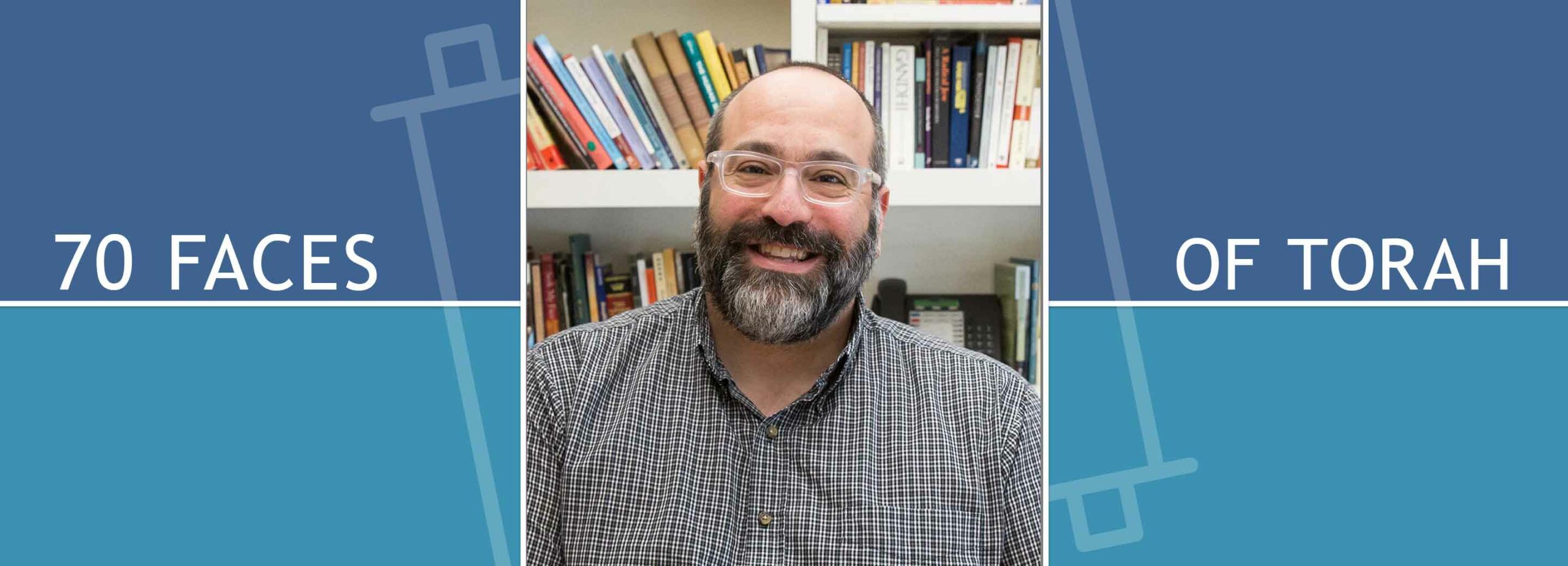Seventy Faces of Torah Shavuot: Divine Light and Earthly Vessels

In preparing for the celebration of the holiday of Shavuot — “The Time of the Giving of Torah,” as it is referred to in countless rabbinic sources — I have been reflecting on a striking teaching from the great Hasidic sage Rabbi Levi Isaac of Berditchev (1740-1809) on the relationship between spiritual inspiration and religious practice.
In his commentary on the Torah portion of Terumah (Exod. 25:1-27:19), the Berditchever (as he is affectionately known) explores the meaning of the following verse:
Like all that I show you
— the structure of the Tabernacle and the structure of all its vessels —
and thus shall you do (Exod. 25:9).
Our teacher begins his reflection by noting that there is a disagreement about the implications of this verse among several great medieval commentators, including Rashi and Nahmanides. Did God intend this as a specific instruction for the building of the portable sanctuary in the wilderness, or was it also to apply to the Temple in Jerusalem, the more permanent sanctuary to be built the Land of Israel?
In response to this disagreement, Rabbi Levi Isaac states:
In truth, the structure of the Tabernacle and all its vessels that had to be of a certain height, weight and form were all ways of garbing or shaping the sacred spirit. This followed the prophetic vision that Moses had on Mount Sinai, along with all Israel.
He goes on to say,
This means that in every generation, when you want to build the Temple, the structure should be in accord with the prophecy that is attained at that time. That should determine the form of temple and vessels.
Notice that in responding to the question about the Tabernacle and the Temple in Jerusalem, the Berditchever has expanded his answer to make a much more daring claim about the building of “temples” — Jewish sacred forms — across space and time.
To live an authentic religious life, he asserts, one must be attentive to the spirit of one’s age. Simply carrying over the forms from previous generations is insufficient. While Tevye the Milkman in “Fiddler on the Roof” might sing “Tradition, Tradition,” Rabbi Levi Isaac demurs. “Like all that I show you” means that we must engage in an ongoing process of discernment — personal and communal — asking what God wants and needs of us today. It is in the context of such a process that we fashion our lives — “and thus shall you do.”
To be clear, the Berditchever was not a heretical figure who sought to overturn established Jewish tradition. In fact, he was quite conservative in his approach to religious practice (as were his Hasidic peers), living fully within the bounds of Jewish law (“halakhah”). But like other impassioned spiritual seekers, he strove to attune himself to the call of the Divine, however faint it may have sounded at times. As a mystical leader, he felt responsible to help guide others along this sacred path.
In translating this text into contemporary life, I often think of the words of my own teacher, Rabbi Zalman Schachter-Shalomi. In a conversation I had with him some years ago, he said that we must seek to live on the “growing edge of Jewish life.” He was careful to use the word “growing” and not “cutting” because, as he explained, “Who wants to cut themselves off from all of the rich nutrients of the past?” While there may be times when we feel compelled to reinterpret, or even stand against, various inherited traditions, it would be foolish not to listen carefully to the voices of such great figures as Rashi or Nahmanides.
It is also important to state that while the Berditchever speaks of a different “prophetic spirit” in every age, he knew, as do we, that people have very different understandings of this spirit even within one community in a single generation. The ancient rabbis teach that there are “70 faces” (or facets) to the Torah (Num. Rabbah 13:15), that every piece of it can be interpreted in a wide variety of ways.
This is why the practice of Torah study in “havruta,” with a partner, is such a valuable one. In this dialogical setting, we learn to voice our truths, listen to the wisdom of others and humbly acknowledge that none of us has a grasp of absolute Truth. Here, we also learn that we will disagree — that we need to disagree in order to sharpen our minds and polish our hearts — but that we can do so without degrading or doing violence to the other. Importantly, these dyads nest within the larger structures of houses of study and communities of practice, in which we seek to create a robust culture of reflection and deliberation.
As we make our final preparations for Shavuot, readying ourselves to receive Torah anew, let us recommit ourselves to the ongoing process of discernment, listening carefully for the echoes of Sinai that reverberate in our sacred texts, in the voices of our fellows and in the depths of our own being. May this practice of deep listening help us to fashion lives of holiness, dedicated to creating a more just, compassionate and sustainable world.
Rabbi Or Rose was the director of the Center for Global Judaism at Hebrew College. In 2016 he became the founding director of the Miller Center for Interreligious Learning & Leadership of Hebrew College.

